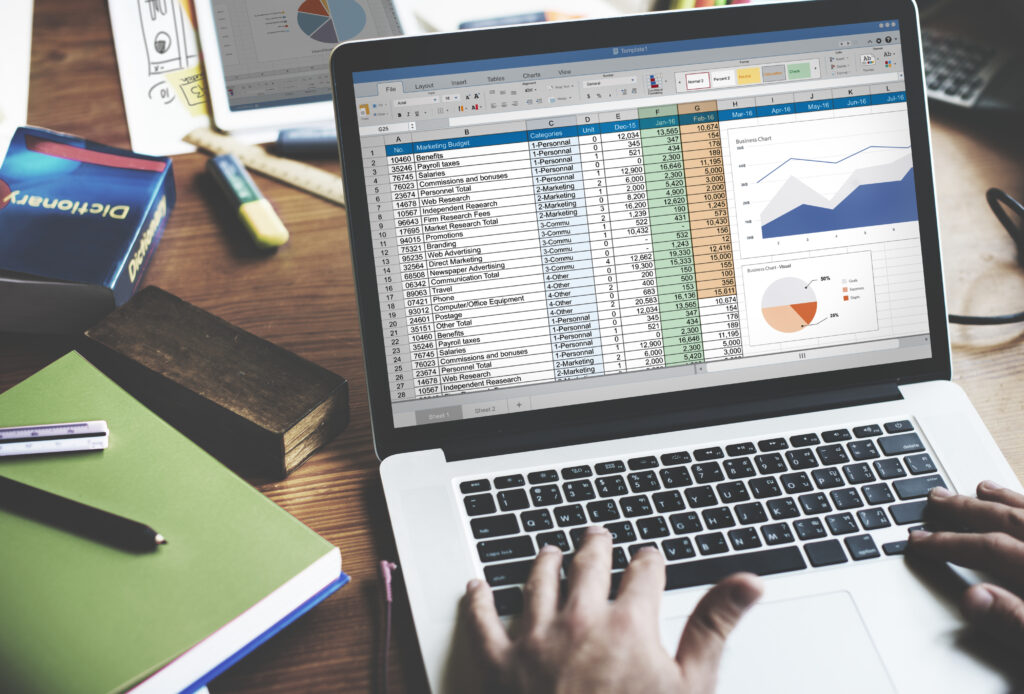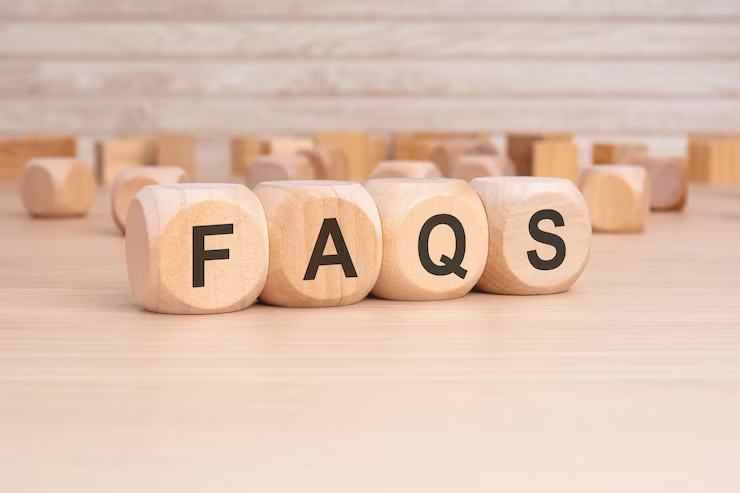A manual accounting system is a paper-based method of recording financial transactions. It does not rely on computers or digital software. Instead, it uses physical ledgers, notebooks, or printed spreadsheets to track income, expenses, assets, and liabilities—an approach still supported by firms like Johar Software House for clients preferring traditional methods.
Manual Accounting System for Small Businesses 2025 PK
Services
Manual and Simple Accounting System for Small Businesses in Pakistan (2025)
Running a small business in Pakistan often comes with limited resources and tight budgets. Many small business owners can't afford expensive software or don't have the technical know-how to use digital accounting tools. For such businesses, a manual or simple accounting system can be an effective way to stay on top of finances without overwhelming complexity.
In this guide, we’ll break down the basics of a manual accounting system, explain how to set up a simple accounting process, and explore how small businesses in Pakistan can keep records efficiently using traditional methods—with or without digital tools, including insights from the top 10 accounting software options.


What Is a Manual Accounting System?
This system is ideal for:
- Micro and home-based businesses
- Retail shops and kiosks
- Freelancers and self-employed individuals
- Business owners who prefer paper records or have limited access to technology
Services
Key Components of a Simple Manual Accounting System
To set up a manual or simple accounting system, you'll need to maintain the following essential records:
1. Cash Book
A record of all cash inflows and outflows. It helps track daily transactions and maintain cash control.
Columns to include:
- Date
- Description
- Cash In
- Cash Out
- Balance
2. Sales Register
Tracks all sales made by the business, whether on cash or credit.
Columns to include:
- Date
- Invoice No.
- Customer Name
- Amount
- Payment Status
3. Purchase Register
Used to monitor purchases or expenses, including supplier payments.
Columns to include:
- Date
- Vendor Name
- Item Description
- Amount Paid
- Payment Type (Cash/Credit)
4. Ledger Book and Inventory Record (Optional)
A collection of individual accounts for customers, suppliers, and business categories (e.g., rent, utilities, salary). It helps in creating a trial balance and final accounts.
For businesses that deal with stock, a simple inventory tracker helps prevent shortages or overstocking.
How to Set Up a Manual Accounting System
Step 1: Pick a Recording Method
Use a ledger book, Excel/Google Sheets template, or a custom notebook.
Step 2: Record Daily
Spend a few minutes daily updating sales, purchases, and cash entries.
Step 3: Reconcile Regularly
Match your records with cash and bank statements weekly or monthly.
Step 4: Create Monthly Reports
Manually prepare a simple Profit & Loss statement and Balance Sheet.


(FAQs)
Frequently Asked Questions
1. What is a manual accounting system?
A manual accounting system is a paper-based method for recording financial transactions using ledgers, notebooks, or printed sheets—no software or computers required.
2. Who should use a manual accounting system?
Manual systems are ideal for micro-businesses, shopkeepers, freelancers, and anyone who prefers simple, low-cost bookkeeping without relying on technology.
3. What basic records are needed in manual accounting?
Essential records include a Cash Book, Sales Register, Purchase Register, Ledger Book, and optionally, an Inventory Record.
4. Can I use Excel or Google Sheets for manual accounting?
Yes. You can print or use simple Excel or Google Sheets templates to manage your records, combining the structure of manual accounting with digital convenience.
5. Is it possible to move from manual to digital accounting later?
Absolutely. Start with manual methods and upgrade to free tools like Mindgigs Free Accounting Software when you’re ready for automation and reporting.
Get Quote
